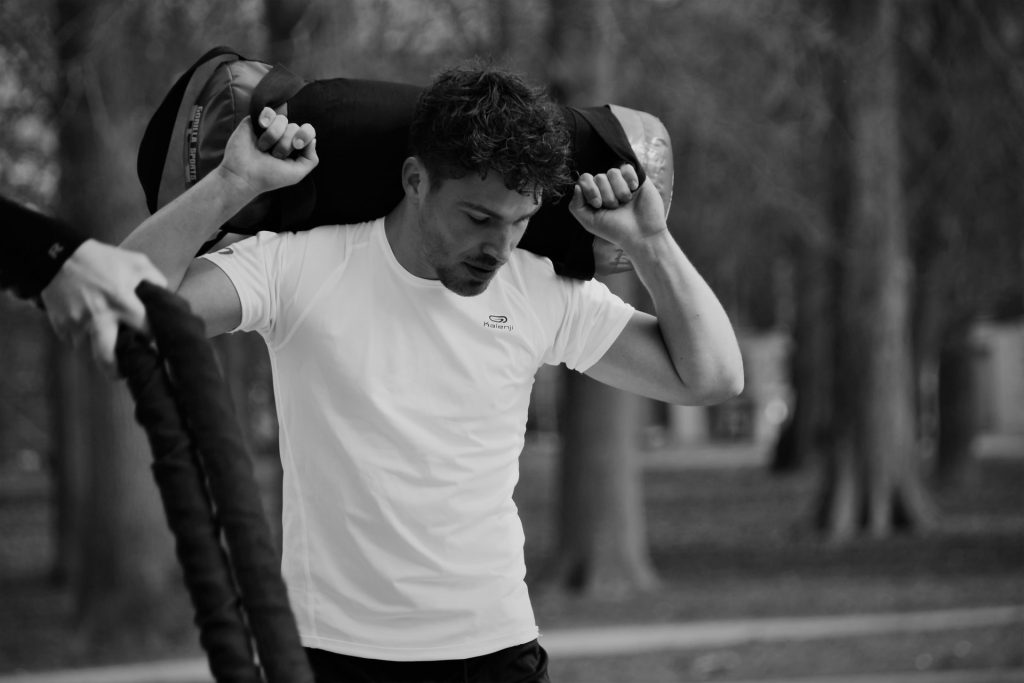Lower COVID Risk in Men Physically Fit When Young

Many Swedish men who were physically fit when they did their military service were able to avoid being hospitalised when they became infected with COVID up to 50 years later.
The results of the study by University of Gothenburg researchers are now available in the BMJ Open.
Sweden has a system of military conscription for its citizens, which it reinstated in 2017 and expanded to include women. The study drew on the Swedish Conscription Register, which contains data on over 1.5 million young Swedish men who began their military service in the years 1969–2005. Nearly all of these men then underwent both a bicycle test and a strength test. In spring 2020, some 2500 of the men included in the Conscription Register were hospitalised with COVID.
The men were divided into three groups based on their results in the fitness and strength tests, and their data were merged with three other Swedish registers: the National Inpatient Register (IPR, also known as the Hospital Discharge Register), Intensive Care Register, and Cause of Death Register. Analysis showed a clear link between fitness and strength in youth and the risk COVID hospitalisation 15–50 years after conscription.
Lead author Agnes af Geijerstam, PhD Student, University of Gothenburg’s Sahlgrenska Academy said, “At the population level, we can see that both good fitness and good muscle strength in the late teens are protective factors for severe COVID. For those with good fitness at the time of conscription, the risk of dying in spring 2020 was half as high as for the least fit. For those whose strength was good back then, too, we see a similar protective effect.”
However, since the oldest men in the study had not reached age 70, COVID deaths were uncommon in the study.
“Previous studies have shown that obesity is a risk factor for severe COVID. But we see that good fitness and strength are protective factors for everyone, including men with overweight or obesity,” said Professor Lauren Lissner, senior coauthor of the study.
Moreover, the study showed a link between the men’s height to the risk of COVID-19 infection.
“The taller the men were, the greater their risk of needing advanced care when they had gotten COVID; but per centimeter this increase in risk is very small. Also, unlike fitness and strength, there is no way to influence our height” af Geijerstam says.
Many studies have already demonstrated the protective effect of good physical fitness in numerous medical conditions, including infections. It has been established that physical activity strengthens the immune system and reduces inflammation propensity. Fitness during adolescence is also likely to be associated with active and otherwise healthy lifestyles throughout adult life.
“It’s interesting to see that the high fitness and strength levels those men had so many years ago can be linked to protection against severe COVID. Today, young people are becoming ever more sedentary, and that means there’s a risk of major problems arising in the long term — including a reduced resistance to future viral pandemics. Children and adolescents must get ample scope to move around,” af Geijerstam said.
Source: University of Gothenburg
Journal information: af Geijerstam, A., et al. (2021) Fitness, strength and severity of COVID-19: a prospective register study of 1 559 187 Swedish conscripts. BMJ Open. doi.org/10.1136/bmjopen-2021-051316.


